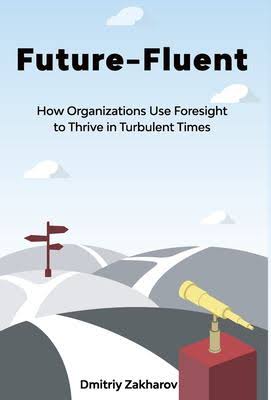“Let your soul stand cool and composed before a million universes.”–Walt Whitman
“I believe we exist in a multiverse of universes.”–Michio Kaku
Note: at this point I am assuming anyone reading this has some handle on what Quantum Weirdness is, as well as the Copenhagen and Many Worlds interpretations thereof. If you do not, go back and read the previous installments in this thread.
Much of this Quantum Weirdness Primer thread , and it’s bigger sibling The Millennium Conjectures, has dealt with the two most popular interpretations of so-called quantum weirdness: The Copenhagen interpretation and The Many Worlds interpretation.** It should be noted that there are several other interpretations, but these two have garnered probably the most support among theoretical physicists. I have joked that I personally am in an appropriate super-position on this question, simultaneously believing in both. But like the wave function of a sub-atomic particle, my uncertainty has now collapsed into favoring a single interpretation that is not exactly either one.
This interpretation is called Many Interacting Worlds. It professes a multiverse of interacting universes–which differs from the Everett’s Many Worlds interpretation in a very vital way. Everett postulated that at each quantum “dice roll” the universe would split into alternate universes for each outcome. These universes are forever separated and cannot communicate with or influence each other. Many Interacting Worlds states that there are a multitude of pre-existing nearby universes that interfere with each other on the quantum level, giving rise to the apparent weirdness.
From the standpoint of Schroedinger’s cat, we can look at it this way. The Copenhagen Interpretation, views the cat as in a superposition of states, simultaneously alive and dead until an intelligent observer looks in the box. The Many Worlds interpretation views the universe as splitting into two otherwise equal copies, one in which the cat is dead and one in which the cat is alive. Each observer finds out which one he is in when he looks in the box. The Many Interacting Worlds interpretation effectively says that there are a multitude of nearly-identical universes that interfere with each other creating the quantum weirdness effects, ultimately determining whether the cat is alive or dead from your observation point. Identical observers in parallel universes may see a different outcome. The key difference is that the parallel universe in Many Interacting Worlds are not created at each quantum junction point–they already exist and interfere with each other giving rise to the phenomena of quantum weirdness.
Confused? Well, as Feynman said, “nobody understands quantum mechanics.” But here is an article describing the Many Interacting Worlds interpretation and its proponents claim that it may be testable.
**In his recent book, Our Mathematical Universe, Max Tegmark says “parallel universes are not a theory, but a prediction of certain theories.” Specifically, there are two: Eternal Inflation, which suggests what Tegmark defines as Level 1 and Level 2 multiverses, and Quantum Mechanics, which gives rise to his Level 3 and Level 4 multiverses. A detailed description of these multiverses is available on Tegmark’s web site.













